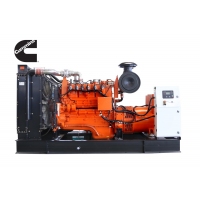New agriculture machinery
New farm machinery & equipment










Language Options
WhatsApp +447388786629
NEW Agricultural tractors, Combine Harvesters, farm machines & genset for sale.
Sales + shipping + service and warranty
Explore versatile farm machinery to expand your services.VIEW ALL FARM MACHINERY
Explore versatile farm machinery to expand your services.VIEW ALL FARM MACHINERY
Contact us with any questions about our products or any inquiries as to how you can become better educated about our production and finance.
We look forward to working with you to make your immediate environment more sustainable and efficient.
sitemap.xml for Google | Panorama photos created by wirestock - www.freepik.com
X
X






























































